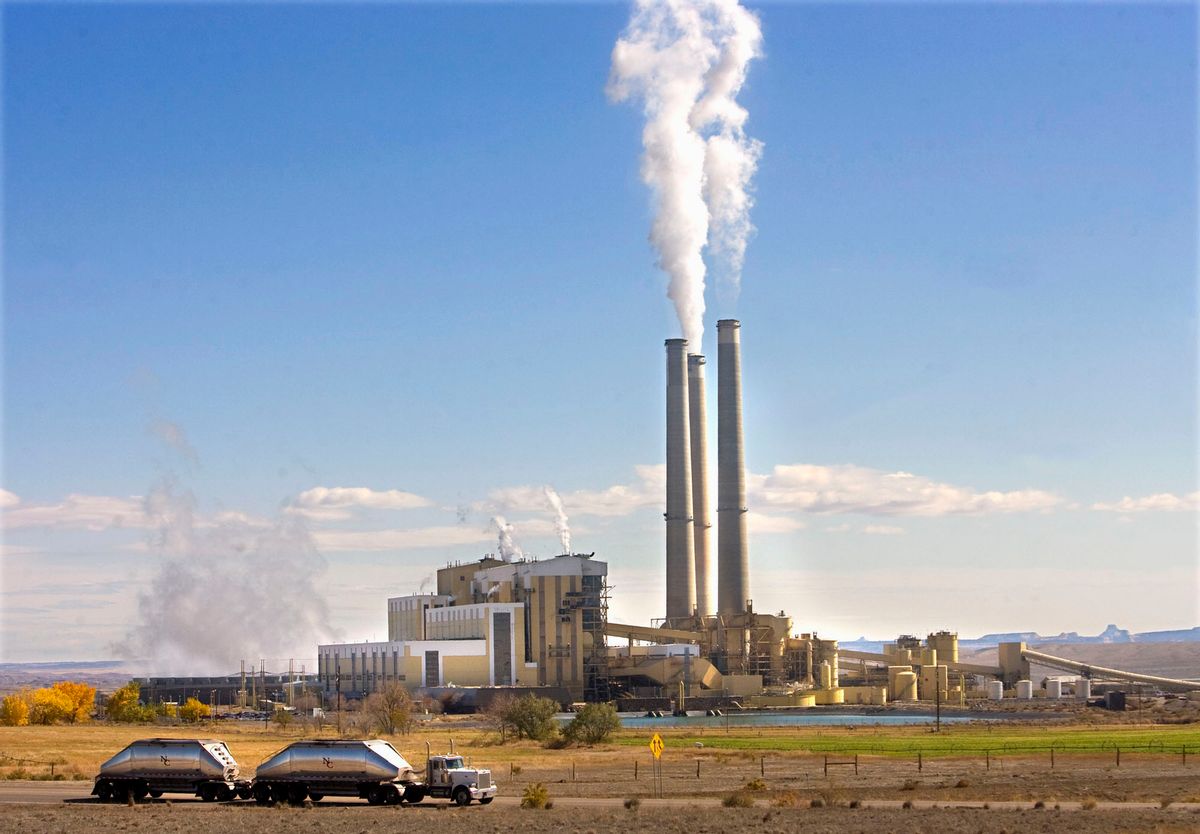Five things to know about the Obama administration's plans to reduce carbon dioxide emissions, the chief greenhouse gas, from power plants.
HOW MUCH POLLUTION WILL IT REALLY CUT?
The proposal announced Monday calls for the nation's fossil-fuel fired power plants to reduce carbon dioxide emissions by 30 percent from 2005 levels by 2030. But Environmental Protection Agency data shows that the nation's power plants already have reduced carbon dioxide emissions by nearly 13 percent since 2005, or about halfway to the goal. The EPA also says the regulation will also reduce other pollutants that create lung-damaging smog and soot by more than 25 percent by 2030.
HOW DOES THIS COMPARE WITH OTHER ACTIONS ON GLOBAL WARMING TAKEN BY THIS ADMINISTRATION?
It turns out that Obama's fuel economy efforts cut a bigger chunk of the nation's greenhouse gas emissions. Obama tackled the emissions from the nation's cars and trucks, announcing rules to reduce carbon dioxide emissions by doubling fuel economy. That standard will reduce carbon dioxide by 6 billion tons over the life of vehicles covered by the program. The power plant proposal will cut carbon dioxide emissions by 5 billion tons from 2020-30. Another proposal to cut pollution at newly built power plants will have little real-world impact because not many coal-fired power plants are scheduled to be built.
WHY POWER PLANTS?
Power plants are the largest source of the gases blamed for global warming, accounting for 38 percent of all greenhouse gases in the U.S, but there are no national limits on carbon pollution from power plants. About three-quarters of the power plant emissions are from coal-fired plants. The average age today of the coal-fired generating fleet is 42 years, and 11 percent of units are more than 60 years old. By 2025, that average age will grow to 49, with 20 percent of units 60 years or older.
WILL IT MAKE A DENT IN GLOBAL WARMING?
A small one. The rule will push the U.S. closer to the 17 percent reduction from 2005 levels by 2020 it promised other countries at the start of Obama's presidency, but it will fall far short of the global reductions scientists say are needed to stabilize the planet's temperature. That's because U.S. fossil-fueled power plants only account for about 6 percent of global carbon dioxide emissions. However, the administration is hoping this move shows other countries the U.S. is serious about the problem when it begins negotiations this fall toward a new, binding international treaty.
WHAT WILL IT MEAN FOR MY STATE?
It depends on where your state gets its power. The EPA customized emissions-reduction targets for each state based on their sources of electricity. Details on each state can be found here: http://1.usa.gov/1nIAKgp.
States will have to submit complete plans no later than June 2017 if they act alone, and no later than June 2018 if they work with other states. They can meet the goals by investing in energy-efficiency programs, expanding renewable energy, upgrading infrastructure and dispatching coal-fired power plants less or switching coal-fired plants to natural gas. They could even tax carbon dioxide emissions if they choose. Already 47 states have programs to boost efficiency and reduce demand for electricity, 38 have set targets for renewable energy, and 10 have programs that cap carbon emissions from power plants and allow them to trade pollution credits.



Shares